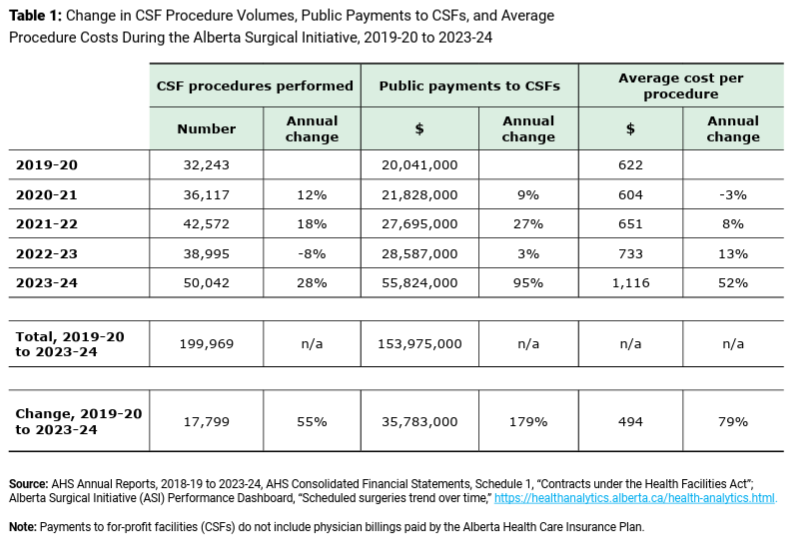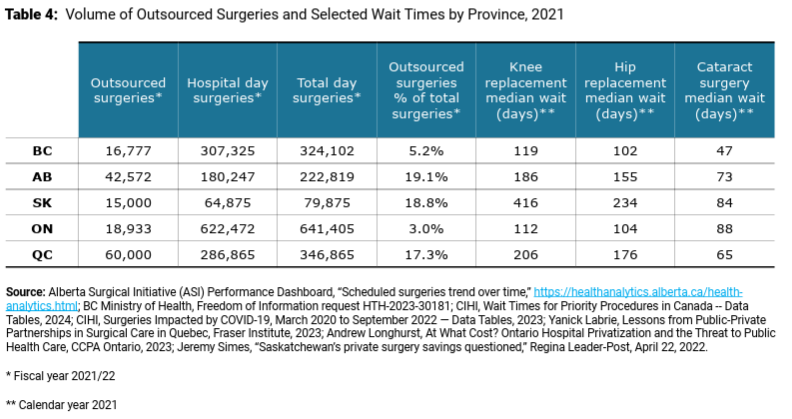
Private investments eroding public health care, Parkland Institute report finds
A new report by the Parkland Institute, titled “Operation Profit: Private Surgical Contracts Deliver Higher Costs and Longer Waits,” suggests that Alberta’s outsourcing to private health care providers has increased costs, undermined hospitals and prolonged wait times for critical surgeries.
Authored by health policy researcher Andrew Longhurst, the report comes at a time when allegations of political interference and price gouging in private surgical contracts are plaguing the province’s health-care system. Longhurst states the findings appear to corroborate these concerns.
The report alleges that surgeries outsourced to chartered surgical facilities (CSF), for-profit providers, are significantly more expensive. For example, in the case of the Alberta Surgical Group, a for-profit provider contracted by the province, hip, knee and shoulder surgeries cost more than twice as much, Longhurst finds.
The Parkland Institute says the province started contracting private surgical services through the Alberta Surgical Initiative (ASI) in 2019. Since then, it says the average cost per outsourced procedure has risen 79 per cent. In one year alone (2022-23 to 2023-24), the report indicates costs jumped by 52 per cent, a spike Longhurst says cannot be explained by inflation or other reasonable factors; more likely, he says, is that it’s the result of higher negotiated contract prices.


